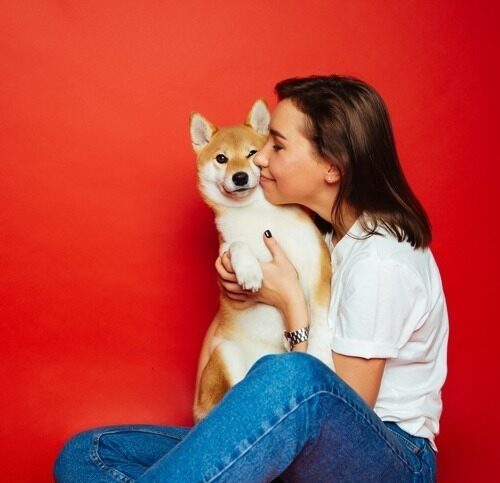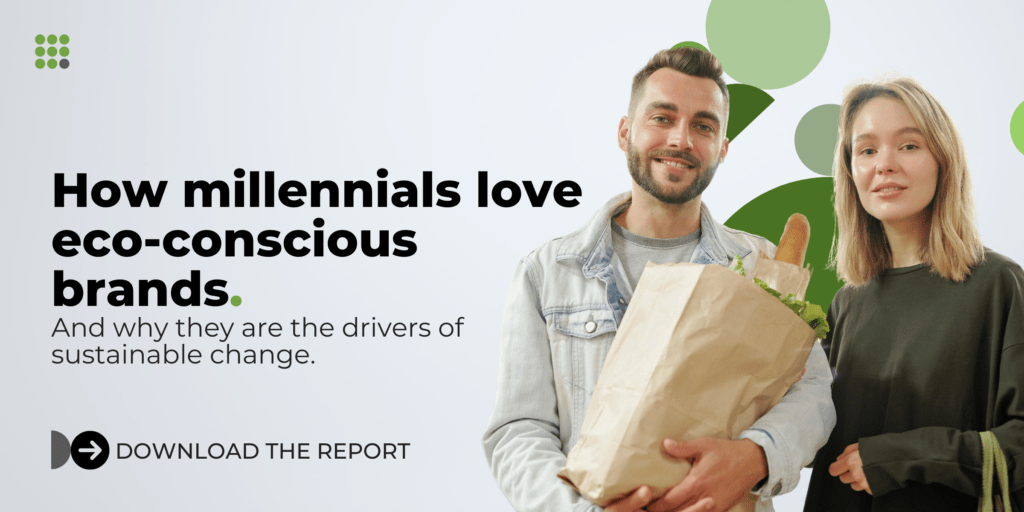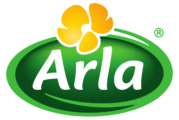As households pull back on travel, fashion, and tech upgrades, one category remains oddly resilient: pet care. UK pet spending rose by 3.2% in volume in Q1 2024, even as overall consumer goods slowed. In the US, Chewy’s latest earnings show revenue up 5.6% year over year. Globally, this category isn’t just weathering economic pressure – it’s gaining strength.
What the Numbers Say Around the World
Pet spending continues to grow in markets where most discretionary categories are flat or falling. In Asia, it’s becoming a proxy for emotional investment, household identity, and lifestyle shifts.
China’s pet care market reached $13.6 billion in 2023, nearly double its size in 2018. Growth is strongest among younger consumers in Tier 2 and Tier 3 cities, where pets increasingly replace traditional family roles. Brands are competing on transparency, nutrition, and health—not just aesthetics.
In Japan, pet ownership has plateaued, but spending per pet is rising – especially in the senior care segment. One in three dogs is now elderly. Owners are investing in supplements, mobility products, and pet monitoring tech. High insurance uptake and new health startups reflect a market shaped by the ageing of both pets and owners.
India’s market is now worth over $1 billion and growing at 20% annually. Urban consumers are moving from basic kibble to breed-specific diets, vet-on-call platforms, and DTC food brands. In Tier 1 cities, pets are increasingly seen as dependents.
Southeast Asia is surging. In Indonesia, halal-certified pet food is expanding fast among Gen Z and millennial Muslim households. In Singapore, pet-friendly condo designs and bundled digital pet services are reshaping the urban pet economy.
In each market, pet care is performing well and outperforming adjacent categories. Brands tracking the future of loyalty would do well to start here.
The Rise of the Pet-First Household
Pets are no longer peripheral. In many markets, they’ve become central. Budgets reflect it. So do routines, relationships, and expectations.
In the UK and US, Millennials and Gen Z are treating pets more like dependents than companions. For many, a pet arrives before a partner or child. This shift in household dynamics is reshaping spending habits. Food quality, preventative care, and even birthday celebrations are now routine.
In Japan, pets are becoming emotional anchors. The demand for stimulation toys, wearable monitors, and products for elderly animals reflects the number of owners who are filling care roles with pets.
In India and Indonesia, dogs and cats are now common in middle-class homes. In India, new pet parents are opting for nutrition consults and digital vet services early. In Indonesia, younger Muslim owners prioritise halal compliance, placing cultural fit on par with cost.
In space-constrained cities like Singapore, developers are building in pet zones. Condos market dog parks as amenities. Consumers may cut back on dining out, but continue spending on wellness plans for pets.
What Gets Cut, What Gets Kept
Inflation and higher interest rates have reshaped household budgets. Travel is down, tech purchases are delayed, and dining out has slowed, but pet care continues to hold firm.
In Japan, electronics and beauty are slipping, but veterinary visits remain consistent. In the UK, shoppers skip fashion but keep pet subscriptions. In the US, gym memberships decline while wellness spend on pets holds steady.
In India, mid-premium pet brands are outperforming projections. First-time owners are forming habits early and holding to them. In rural areas, cutbacks tend to hit entertainment before pet goods.
In Southeast Asia, households are scaling back on bulk essentials but still keeping up with pet care. Singaporeans are delaying home upgrades while renewing grooming memberships and upgrading pet tech.
These aren’t luxuries. They’re anchored in attachment. And that makes them more durable than many price-driven categories.
Brands and Retailers Follow the Loyalty
While other categories fight to stay in the basket, pet care is building momentum. Brands aren’t just holding on – they’re leaning in.
In the UK, supermarkets and specialty retailers are expanding premium lines. Pets at Home is scaling up subscriptions, grooming, and in-store vet services. The strategy isn’t about convenience – it’s about becoming routine.
In Japan, startups now offer genetic tests, mobility tracking, and remote health checks. Loyalty here is built on reassurance.
In India, digital-first brands focus on personalised nutrition and wellness bundles. Urban professionals are choosing care that fits their lifestyle – not just their budget.
In Southeast Asia, Indonesia’s halal-certified brands are growing. In Singapore, bundled food, grooming, and insurance on a single digital platform are setting new expectations.
The most resilient brands aren’t chasing promotions. They’re building stickiness.
The Subscription Model Comes Home
One reason pet care is proving so resilient: it’s tailor-made for subscriptions. Chewy’s Autoship model now accounts for over 70% of its revenue. Pets at Home’s subscription grooming and wellness plans are driving retention in the UK. And in India, platforms like HUFT and Supertails are building subscription boxes with food, treats, and supplements that mirror human wellness kits.
Recurring revenue in this category isn’t driven by convenience – it’s driven by rhythm. Feeding, grooming, walking, and checking in on a pet’s health are baked into daily life. And that makes pet subscriptions feel essential, not optional.
The result for retailers is a category with unusually high retention and low churn. For insight professionals, it’s a cue to rethink how LTV is calculated, especially in categories with strong emotional anchors.
The New Metrics of Loyalty
Traditional loyalty metrics miss much of what’s happening in pet care. This isn’t just about repeat purchases or basket size. It’s about trust, consistency, and emotional significance.
Consumers aren’t just loyal because the price is right. They’re loyal because switching feels risky. Because their pet depends on it. Because the product has become part of the household operating system.
That shifts the role of market research. Instead of only tracking NPS or discount redemption, we need to look at embeddedness: How often is a product repurchased without prompting? How quickly is a referral made after a good outcome? Does the customer describe the brand using human relationship language?
Brands that understand these cues, especially in high-growth markets, will outpace those still optimising for price elasticity.
The Emotional ROI of a Full Bowl
Pet care isn’t just holding its ground. It’s changing how people define value.
Emotional value is rarely tracked as closely as price sensitivity. But it should be. Consumers will pause a subscription without thought, yet go out of their way for their pet’s preferred brand.
This kind of spending rarely shows up in top-line figures. It’s visible in retention curves, renewal rates, and what households protect first. In Japan, pet purchases are about continuity. In Singapore, pet tech provides reassurance. In India, ownership blends aspiration with emotional attachment.
The spending logic isn’t indulgent. It’s rooted in what feels stable when everything else isn’t.
The implication for brand and insight teams is structural. Emotional categories are not cut; they become the new baseline.
One lesser-known brand that illustrates this shift is Heads Up For Tails in India.
Case Study: Heads Up For Tails (India)
Founded in 2008, Heads Up For Tails (HUFT) began as a niche pet accessories brand in India. Over the years, it has evolved into a comprehensive pet care company, offering a range of products and services tailored to the Indian market. Recognising the growing trend of pet humanisation, HUFT expanded its offerings to include premium pet foods, grooming services, and wellness products. By 2023, the brand had established over 50 retail outlets across major Indian cities, complemented by a robust e-commerce platform.
HUFT’s strategy centres on understanding the emotional bond between pets and their owners, positioning itself as a partner in pet parenting rather than just a retailer. This approach has resonated with India’s urban pet owners, who increasingly view their pets as integral family members. The brand’s emphasis on quality, customisation, and community engagement has fostered strong customer loyalty, even as consumers become more selective in their discretionary spending.
In a market where pet care is still emerging as a significant sector, HUFT’s growth underscores the potential for brands that align with evolving consumer values and behaviours. Their success illustrates how a deep understanding of local culture and consumer psychology can drive brand relevance and resilience.
What Pet Spending Teaches Us About the Next Consumer Economy
Pet care doesn’t just tell us where spending is strong. It tells us what matters when everything else is negotiable.
In every market where discretionary spending is tightening, this category is holding. Not because it’s a luxury, but because it’s emotionally embedded. It’s part of the household rhythm. It reflects identity, routine, and care.
This has implications far beyond dogs and cats. Categories that can build this kind of trust and meaning – through consistency, embedded services, and emotional utility – stand to inherit the next wave of loyalty. Not the kind driven by points or perks, but the kind that lives in habits, values, and daily life.
For insight teams, the takeaway is clear: the future of consumer behavior won’t be measured in what people want. It will be measured in what they refuse to give up.
Get regular insights
Keep up to date with the latest insights from our research as well as all our company news in our free monthly newsletter.





 Senior Marketing Executive
Senior Marketing Executive Sales & Marketing
Sales & Marketing General Manager PR -Internal Communications & Government Affairs
General Manager PR -Internal Communications & Government Affairs Vital Strategies
Vital Strategies
 Customer Intelligence Director
Customer Intelligence Director